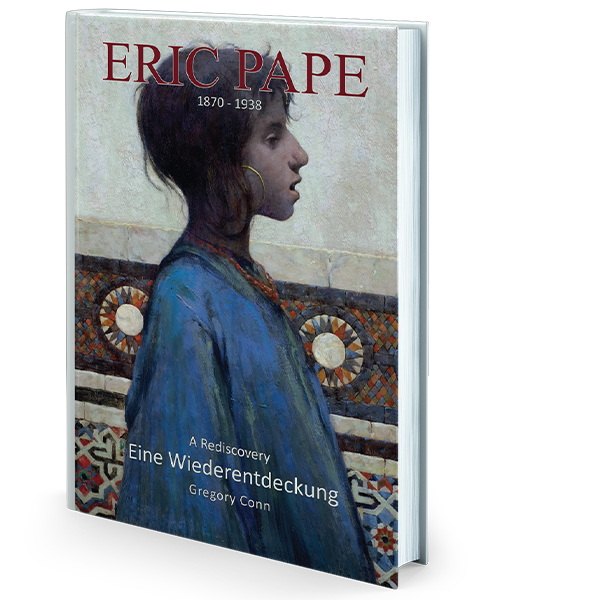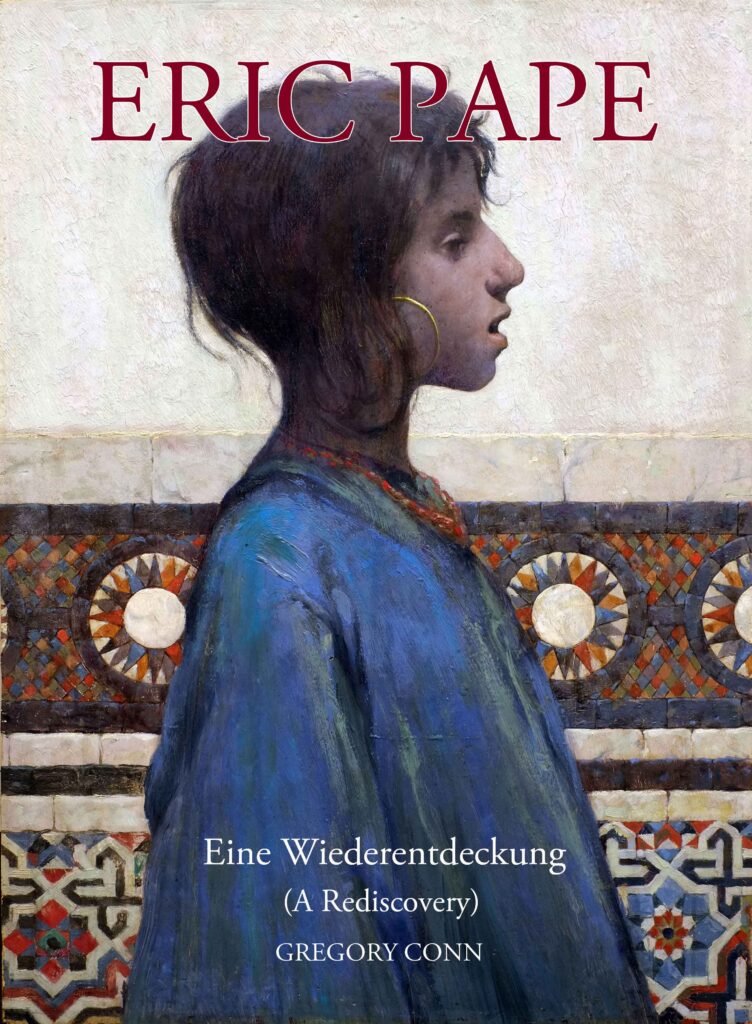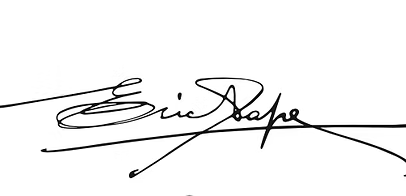
Zeven Exhibition
The rediscovery of Eric Pape’s works, which had been forgotten for decades in his locked Studio, led to learning about his artistic legacy. Eventually, this work culminates in the first official display of the artist’s works in more than 100 years in Zeven’s Königin-Christinen-Haus and Museum Kloster Zeven.
Eric Pape, a Rediscovery
This exhibition project is a twofold rediscovery. On the one hand, the artistic legacy of Eric Pape, who was highly regarded and famous in his time, had been locked in his studio for decades and been forgotten. On the other hand, his family and also his artistic relation to Zeven had been completely unknown until a short while ago.
We owe the rediscovery of the artist and his works to the dedication of Dr. Gregory Conn, an American collector and patron of the arts. For more than two decades, he has compiled many works and conducted research on their creation and on the art and life of Eric Pape. The extensive restoration and framing of all exhibition items were committed by Dr. Conn and he graciously lent them for display. Moreover, he supported the project with his knowledge, great enthusiasm and financial generosity—making the exhibition possible. We would like to express our gratitude to Dr. Conn.
The Heimatbund Bremervörde-Zeven discovered Eric Pape’s connection to Zeven and researched the family history in the context of the painting The Young Spinner of Zeven. Special thanks go to Ewald Albers and Heinz Dohmann (nee Albers) as well as Jürgen Behn and Werner Fromm, without whom no one in Zeven would ever have known about Eric Pape.
Our heartfelt thanks to the Landschaftsverband Stade for generously supporting the project.
Norbert Wolf, Mayor
Henning Fricke, Head of administration of Zeven
Why Zeven?
In 1890, a great salon painting was on display in the Société des Beaux-Arts in Paris, bearing the title “The Spinner of Zeven”. The painting brought artistic recognition to the young 20-year old Eric Pape. It would later also be awarded a medal in his native California. The oil painting shows a young woman in traditional costume at a spinning wheel. The painting was created in Zeven, hometown to Pape’s parents. As many others in the 19th century, both had emigrated to the United States, where they met. They settled in San Francisco. Eric Pape’s first visit to Zeven was as a 5-year old boy, with his family. As a young man, he returned to spend about a year in North Germany. He stayed with relatives and committed himself to painting. The young model has been identified as his cousin Dora Buck. After his time in Zeven, Eric Pape spent two years in Egypt, then returned to Paris and finally to the United States.
Rediscovering Eric Pape gives us an opportunity to look at the American world of art, literature and theatre in the late 19th and early 20th century. We can also acknowledge an artist’s life at its fullest. Pape’s art is the focus of the exhibition in the Königin-Christinen-Haus. The Museum Kloster Zeven displays historical photographs, personal effects and background material on the family history and emigration.
Luise Del Testa, Head of the cultural department and community archives
Want a Copy of this Book?
Contact us for book details or reach out with any artwork & publication questions!

Past Exhibition: The Zeven Exhibit
2022 | Museum Kloster and Queen Christina House
This exhibition project is a twofold rediscovery. On the one hand, the artistic legacy of Eric Pape, who was highly regarded and famous in his time, had been locked in his studio for decades and been forgotten. On the other hand, his family and also his artistic relation to Zeven had been completely unknown until a short while ago.
